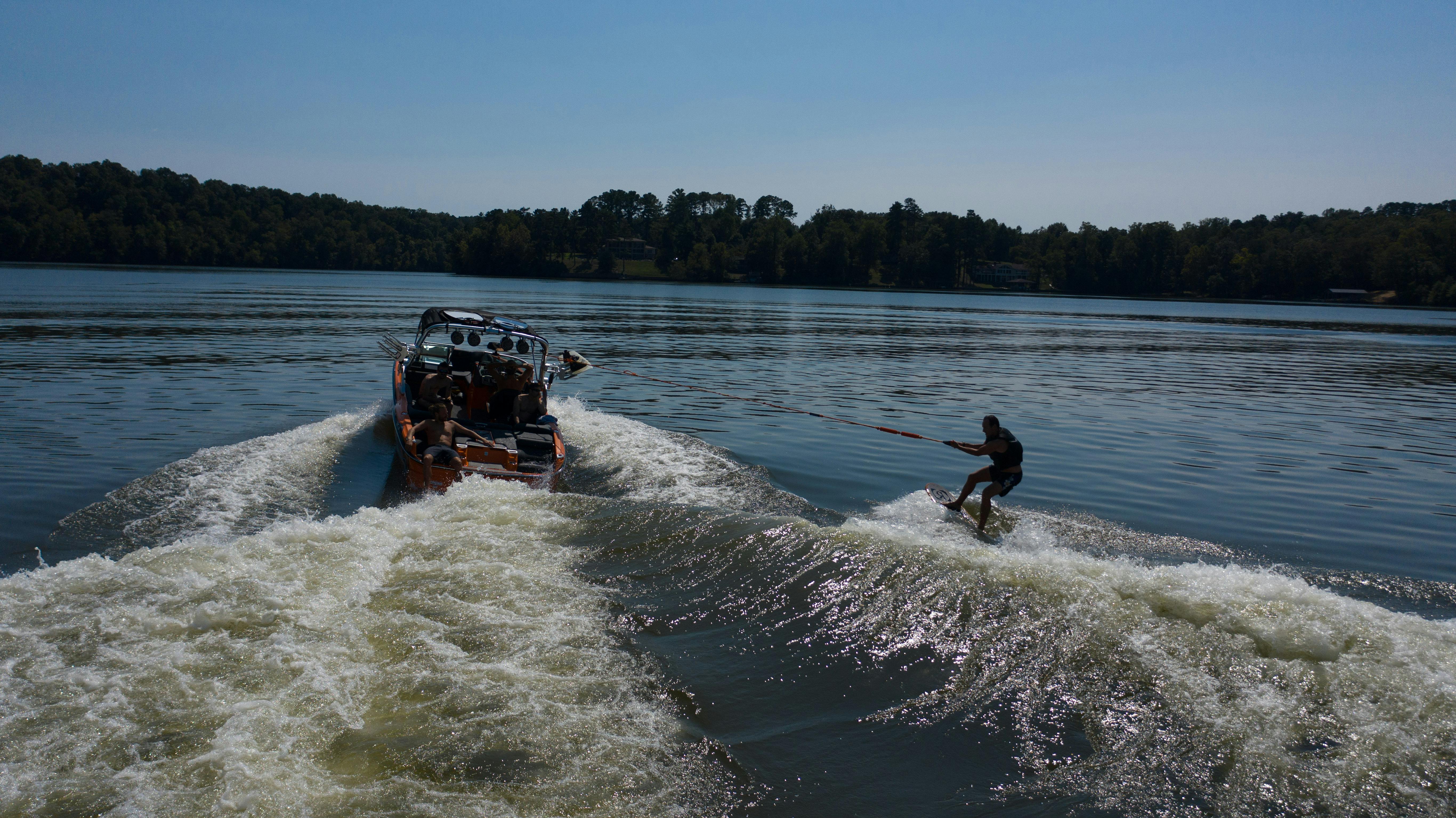
Silver cubes hang from dozens of trees as far as the eye can see. My brother and I dragged through the snow to get away from the barn and then headed down an icy road. A smell of butter that guides us like a mermaid to a large cabin. The door opens with a strong push. In front of us is a stainless steel drum almost as high as the ceiling with gauges and tubes, lots of tubes. One deep breath and we know we are in the right place; the sugar shack.
How things have changed since the early 1970s. My younger brother and I returned to a sugar shack this year with my nephew and grandson, but it wasn’t exactly what I remembered except for that distinctive smell. However, the exhibits and photos brought back many memories. On the walls were paintings, snowshoes, a shop window, and shelves with bottles of golden liquid.
One photo showed a man holding a hand drill hitting a tree. I vaguely remember taking a class trip one spring to a sugar bush where we had a tree tapping demonstration. A small hole was drilled by hand in a maple tree, then a small accessory, called a Spile, was inserted and then comfortably tapped into place. Our guide then hung up the sap bucket to collect the sap. Once enough sap has been collected, we take a bucket (from a previously harvested tree) to be processed, where the sap is boiled. I was surprised to hear that it takes approximately 40 gallons of natural sap to produce one gallon of syrup. There were three large metal pots set over a wood fire. Our guide added our sap from the buckets. We learned that traditionally, the heating would have been done in a “sugar shack” or “maple house”; We were all given popsicle sticks and enjoyed maple syrup origins stories as our guide made us snow-rolled maple candies from hot maple syrup.
Another black and white photo shows a team of horses pulling a bobsleigh loaded with gear. I wondered if those were the horses that my dad, a blacksmith, would make special shoes with bars and studs so they could cut through heavy snow or icy roads in the bush.
A charcoal sketch also caught my eye. It showed some natives, dressed in furs, cutting trees with a shaft in a dense bush. This also brought back memories of a family friend, Mona, who had a tour of the sugar bush in her ancestral land. She would lead visitors back to a ceremonial circle where there was a large cauldron hanging from a tripod of birch logs over a fire and enlighten everyone on the technique of making maple sugar hundreds of years ago. She would demonstrate how her ancestors dipped hot stones into sap to reduce it to syrup by evaporating excess water. He explained how maple syrup was used medicinally and how children could have a very sweet taste by removing the frozen water layer after the overnight freeze of the sap.
Other souvenirs, such as the several pairs of old snowshoes with leather straps, too high to touch, the spile display, and an old board where someone recorded the recording dates from 1906. In the hallway there was a deed of the land that It dates back to 1892. The best part is eating the pancakes dipped in maple syrup. I picked up a card with a recipe for maple frosting (attached) and signed up for the horse-drawn sleigh ride through the modern sugar bush. I loved seeing the countless blue tubes connected to the trees and seeing the reverse osmosis machine. Next time you go to a maple farm, ask to see the evaporator and ask how they get rid of the dreaded sugar sand. Some locations will have a device similar to a pool test kit called a “leveler.” This will determine the maple syrup grade from dark to light or sweet to super sweet. Tea Ontario Maple Syrup Producers Association state “All retail maple syrup, sold by Ontario producers, regardless of grade, must contain a minimum sugar content of 66 percent and be created exclusively from the concentration of maple sap. The difference between maple syrups is strictly the color and intensity of their maple flavor. “
See you in the canning tank.